Happy Birthday, Queen Elizabeth! The longest-serving monarch in modern history has reigned for decades, and she has presided over some of the most important changes in British history. But what about the technological ones? How has the world changed “during” your reign, Lizzy, my dear? Let's take a look at some of the greatest moments in technology over the last 96 years.
Queen Elizabeth was born in 1926. Since then:
-1927: First commercial television broadcast in the world.
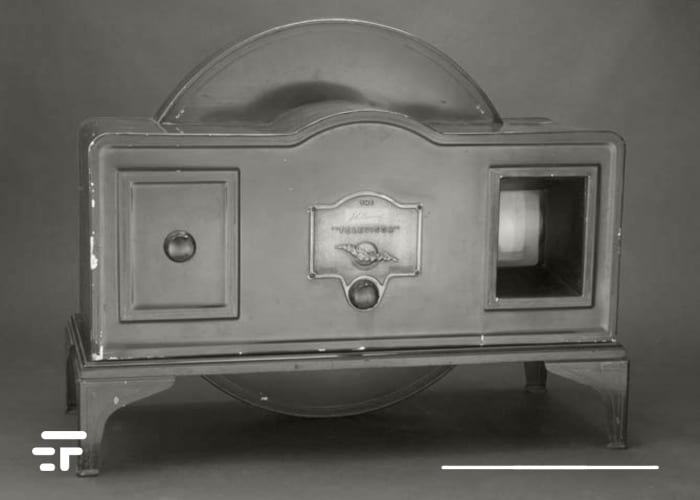
On 22 August 1927 a boxing match between two heavyweights, broadcast live from the London Palladium, marked the beginning of the development of TV. Yes, right in the UK! For some time John logie baird had started some experiments. Our darling was just over a year old, but she didn't miss much: the image quality was poor and there were frequent interruptions due to technical difficulties. However, the broadcast was a success and today television is an integral part of British culture: it is difficult to imagine a world without her, just like without Queen Elizabeth.
-1937: First hovercraft in the world.
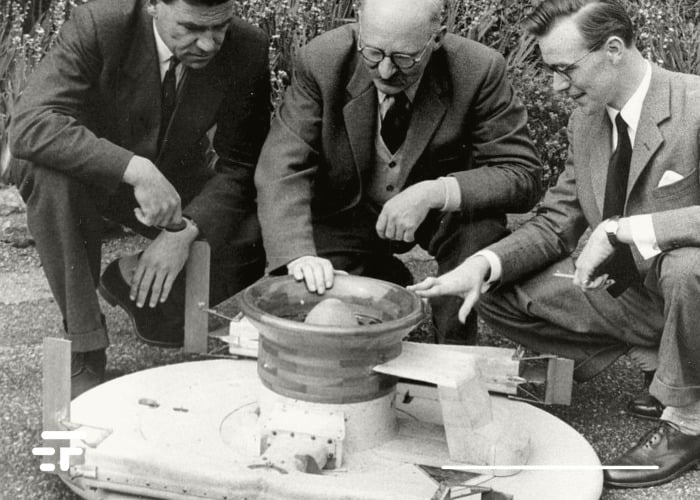
A British engineer by the name of Christopher Cockerell he was looking for an idea for a new type of ship. He imagined a craft that could float on a cushion of air, going over land and water with ease. After many failed attempts, he finally succeeded in building the first hovercraft. How did it go? As usual: he was laughed at by everyone. One naval officer even called it “complete madness.” In fact, the hovercraft is used all over the world today. Here too, no inaugural trip: Queen Elizabeth was just 11 years old.
-1947: First supersonic flight.
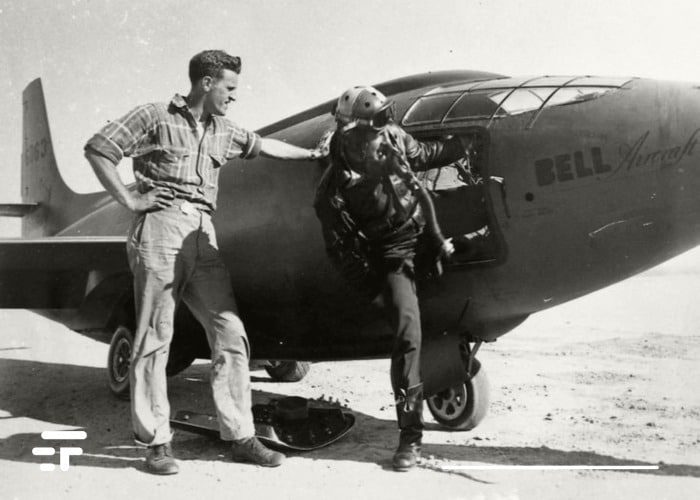
On October 14, 1947, the world changed forever when the Bell X-1 became the first aircraft to reach supersonic speeds. The aircraft was flown by the test pilot Chuck Yeager, which reached a top speed of Mach 1.06 (1126 kilometers per hour, or 700 miles per hour) during its historic flight. Even today, supersonic travel is relatively rare, but Yeager's flight paved the way for the Concorde and its other "colleagues". Just a month later, Queen Elizabeth married her Philip in Westminster Abbey.
-1957: First satellite launched into orbit.
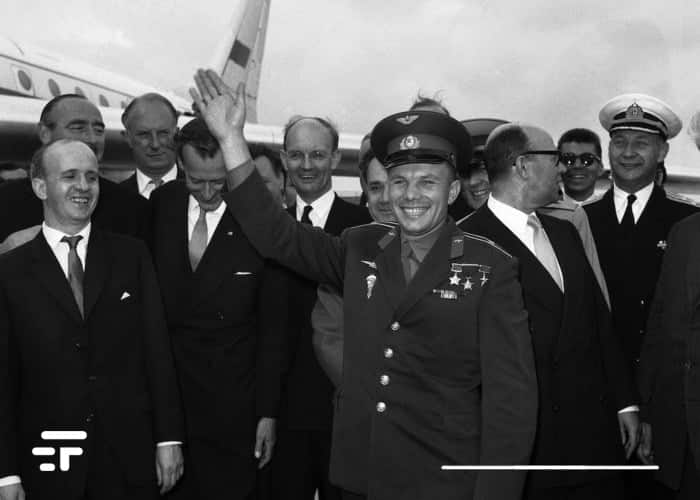
On October 4, 1957, the Soviet Union launched the Sputnik 1, the first satellite to orbit the Earth. The launch marked a milestone in the history of space exploration. Only four years later, on April 12, 1961, Yuri Gagarin he became the first human to travel into space. Shortly afterwards, during her visit to England, he had lunch with her, Queen Elizabeth. Today, humans continue to push the boundaries of space exploration to the Moon, Mars and beyond. It all started with that first little satellite, Sputnik 1. Who would have thought that such a small object could have such a large impact on the world?
-1964: First meeting of Higgs with the Boson of the same name

In the summer of 1964, the year our Queen Elizabeth gave birth to her third child Eduardo, the Scottish physicist peter higgs he was studying the behavior of subatomic particles and came across a new (theoretical) particle. He was so pleased that he submitted an article to Physical Review Letters. The editor (who must have been one of the skeptical commentators of the Futuro Prossimo Facebook page) rejected the article, saying it was “too speculative.” Today, the Higgs boson is one of the most important particles in physics.
-1971: First e-mail sent. And first processor.
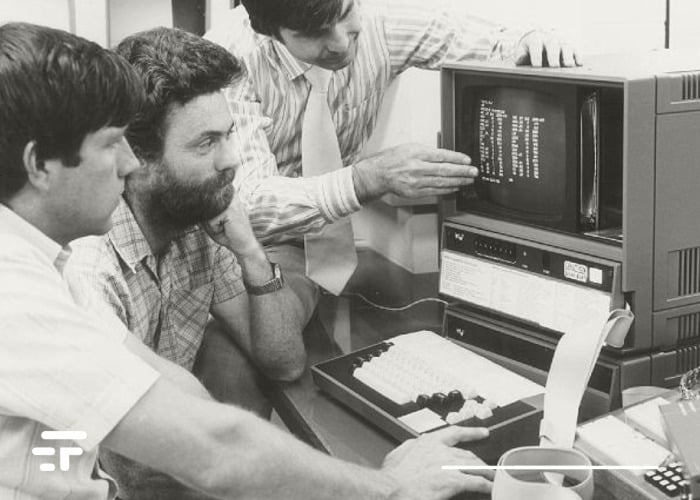
Everyone knows that Apollo 14 landed on the Moon (again) that year, and that the Vietnam War ended, but this post is about firsts. And in 1971 there were two. Today we rely on email for everything, but that wasn't always the case. Homing pigeons were still flying when Queen Elizabeth was already an adult! The computer scientist Ray Tomlinson sent the first email message that year. Maybe he didn't understand the historical significance of the event, because he wrote (to himself) only “QWERTYUIOP”. It wasn't the most exciting message in history, but it certainly marked a significant moment in the development of modern communication, following the development (in 1969) of ARPANET, the precursor to the internet. The 15th NovemberInstead, Intel released the world's first microprocessor: the 4004. The chip was designed by a team of engineers led by Federico Faggin and revolutionized the electronic computing industry. Today microprocessors are an essential part of almost all electronic devices: a bit like Queen Elizabeth is part of our collective imagination, let's face it.
-1981: first launch of the Space Shuttle
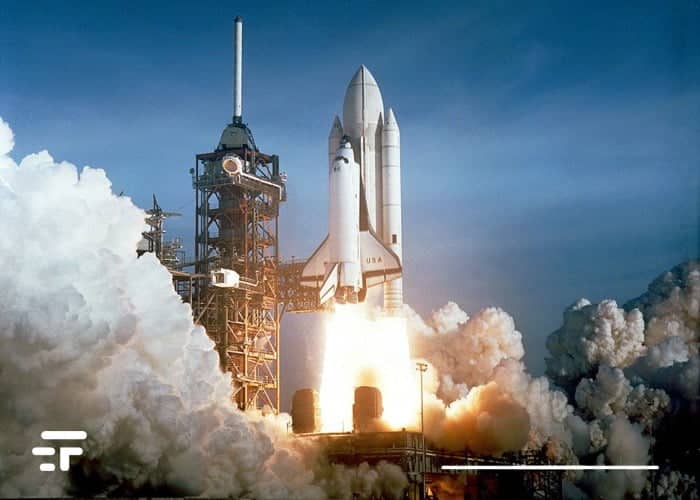
Difficult year for Queen Elizabeth, this. She was the subject of two attacks, both foiled. Actually, in one of them there were 5 rounds of loaded blanks fired at her, but that's not a nice thing. Reagan went worse that same year, but he was saved anyway. Anyway, on the technological level April 12, 1981 recorded the flight of the first Space Shuttle, the Columbia. The crew of six spent two days in space, conducting experiments on human physiology and solar observation. Upon their return, those boys were welcomed as heroes: I believe it, the Shuttle was an essential part of ours space exploration, and also played a role in the construction of the ISS.
-1983: first call to the mobile phone.
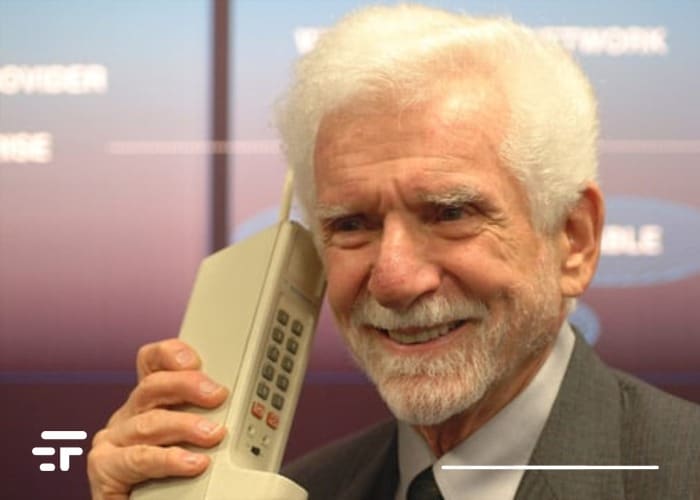
On April 3 of that year, Dr Martin cooper Motorola made the first call on her nice new cell phone, a DynaTAC 8000X that didn't shine for lightness. And it was very cruel: he called the doctor Joel S. Engel of Bell Labs, its main rival in the race to create the mobile phone. The call lasted only a few seconds (maybe he was sent to hell), but it was a seminal moment in history. Today we all rely on mobile phones… except Queen Elizabeth. Did you know that only two people know his mobile number? I am the daughter of her, Princess Anna, and her horse racing manager, John Warren.
-1996: first cloned mammal, Dolly the sheep.
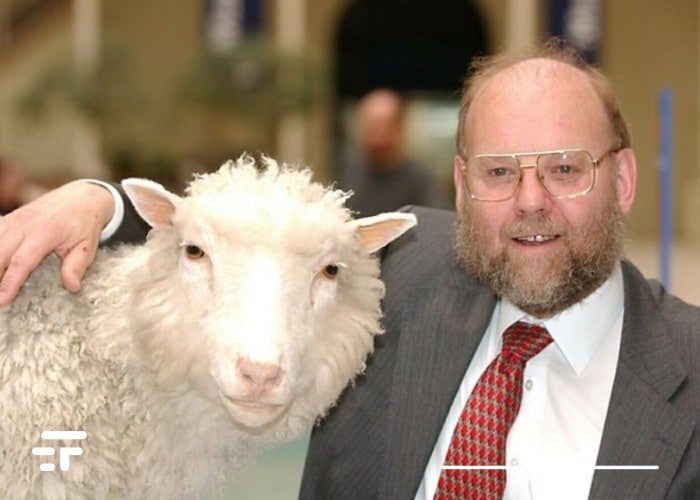
Dolly the sheep was born in Edinburgh on 5 July 1996 and was the first mammal to be cloned from an adult cell. It was cloned from ian wilmut from a mammary gland cell and was named after country singer Dolly Parton. The scientific community was shocked: everyone thought it would be impossible to clone an adult mammal. Sometimes impossible things happen: a bit like resisting for 50 years with a person next to you: a year later, in 1997, Queen Elizabeth celebrated her 50th year of marriage with Philip (speaking of Edinburgh). How time flies!
-2006: The first social networks appear on the world
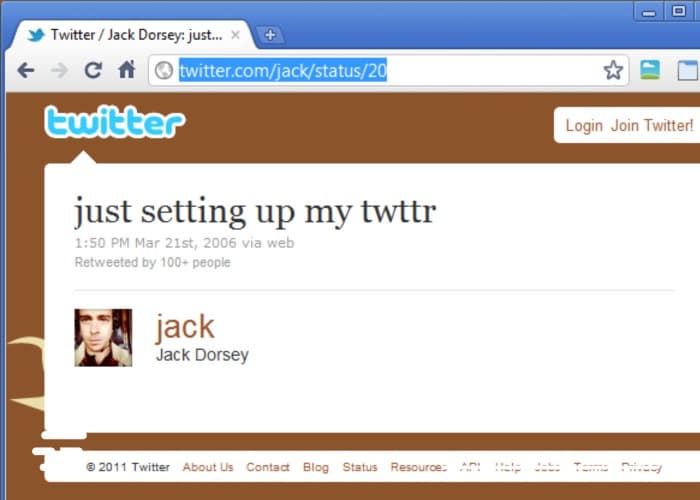
Today, you just need to be over 50 and let out a "good morning" to earn the nickname Boomer. Try it yourself, instead, to discover that social networks exist at the age of 80. In fact, 2006 was not only the occasion for Queen Elizabeth's eightieth birthday, but also that of the affirmation of social media. Facebook was about to make its appearance on mobile phones all over the world, and in the meantime, Myspace and were born in a few months Twitter. Just like Queen Elizabeth, social media has become an integral part of our life. We use them to stay in touch with family and friends, to get news and entertainment, even to find partners. A boon for ours, if we exclude that they can be addictive, damage our mental health, harbor hatred and bullying, censor opinions. But they also have flaws. Who knows what they will have in store for us in the near future?
In conclusion
In 96 years, the world has changed a lot, thanks to technological innovation. From the first cell phone call to the launch of the largest rocket in the world, through iPhone and Tablet (2007 and 2010), the first Google search (1998) and a thousand other things, technology has come a long way.


